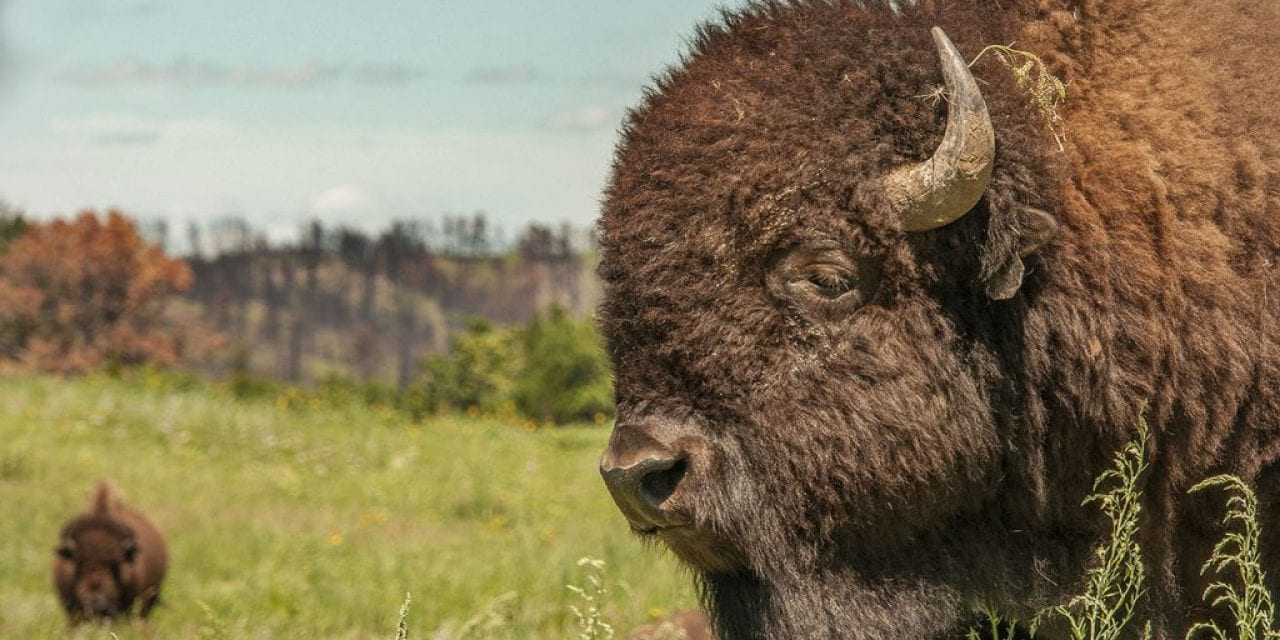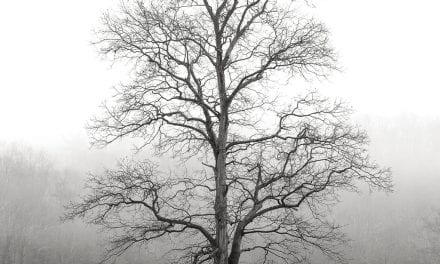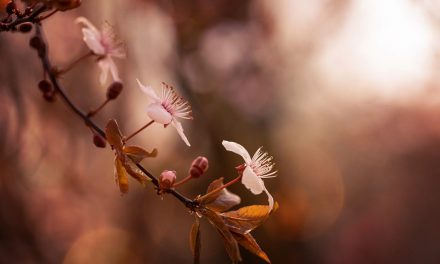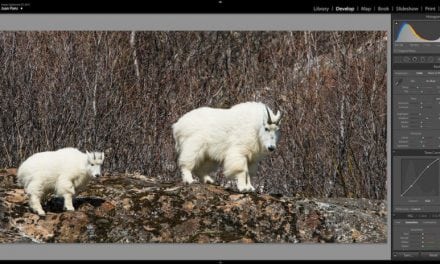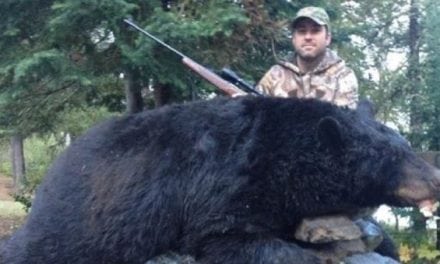What does a scarcity of bison mean for Nebraska’s grasslands?
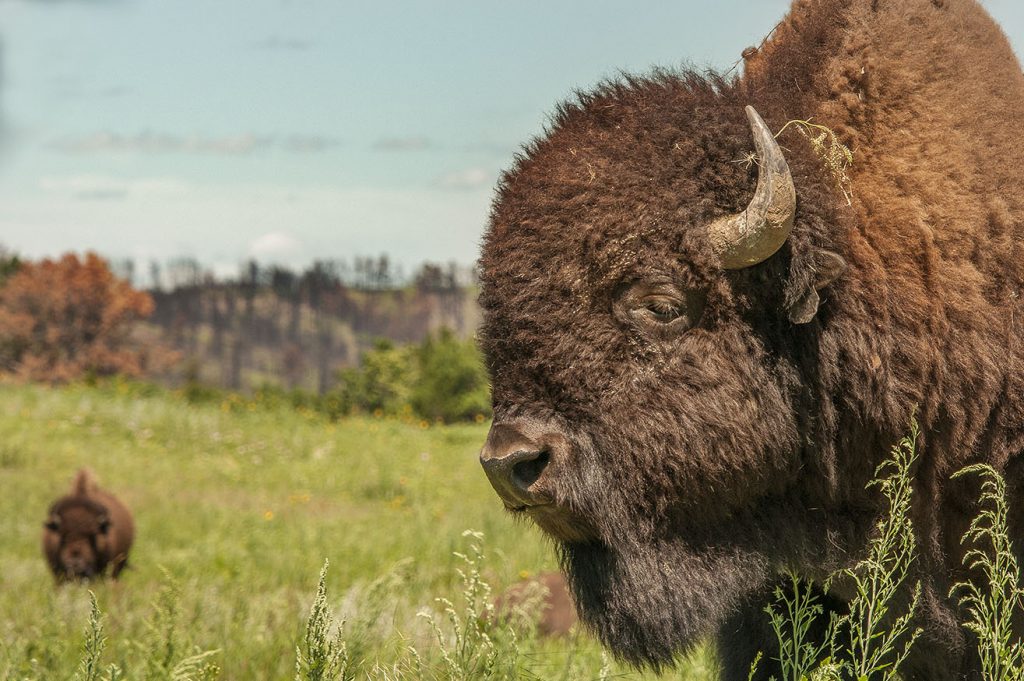
Story and Photos by Chris Helzer
The plains bison has earned its standing as an iconic large animal of the American prairie. That status was reinforced a few years ago when the bison was named the national mammal of the United States. Bison capture the imagination of people like few other grassland animals, but there are not many places where you can still find them within big prairie landscapes.
Before European Settlement
Everyone has heard stories about the masses of bison roaming across the Plains prior to European settlement. Estimating the historic size of the North American bison population is difficult and much disputed. Many estimates put the herd size at between 30 and 60 million animals prior to the year 1600. Bison then expanded their range for a few centuries, as Native American peoples were decimated by disease and subjugation by Europeans. By the 1890s, however, widespread European settlement and excessive harvesting had nearly obliterated bison as a species, leaving only about 1,000 animals.
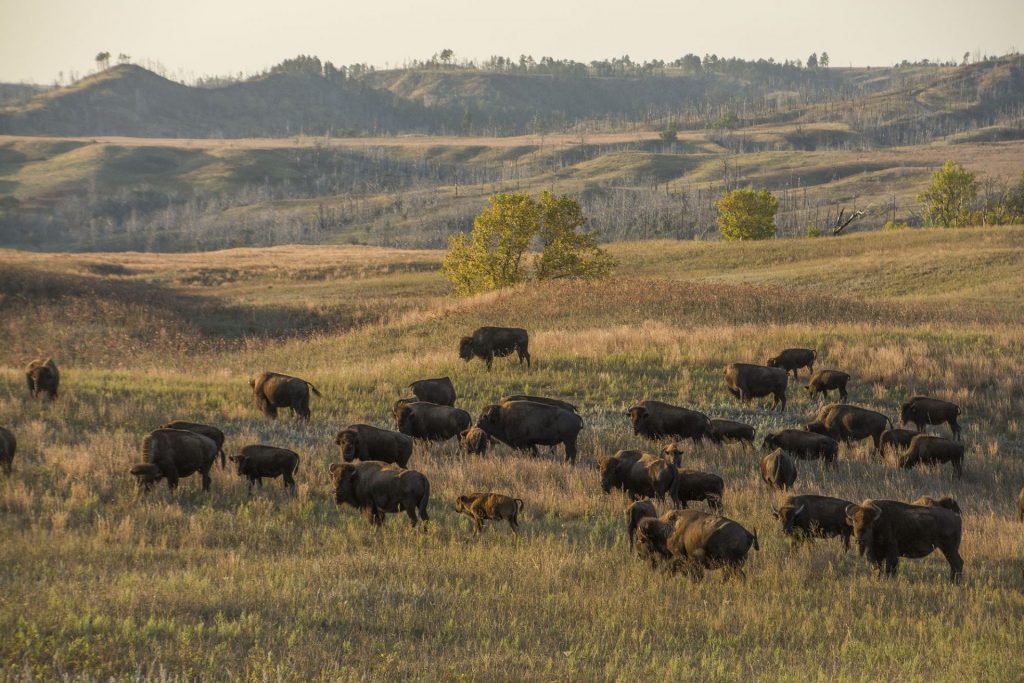
During that same period, a few people began efforts to save what was left of the bison population. Some wanted to crossbreed bison with cattle (leading to very small amounts of cattle genetics in many of today’s bison) while others were strictly focused on conservation. According to the National Bison Association, there are now about 360,000 bison in North America, about half of which are on private ranches and farms.
While most of today’s bison are in captive populations, there’s still something emotionally stirring about seeing them in person – especially when they’re surrounded by grassland that stretches from horizon to horizon. Perhaps more than any other prairie animal, bison evoke feelings of wildness and nostalgia within us. Grasslands without bison can be beautiful and inspiring, but grasslands with bison are on another level.
Bison and Cattle
Herds of large grazing animals have always played a crucial role in the ecology of grasslands. Historic bison herds modified habitat structure for animals and growing conditions for plants in ways that sustained a broad diversity of both across the Plains. Today, both cattle and bison can fill those roles, though there are some important differences between the species.
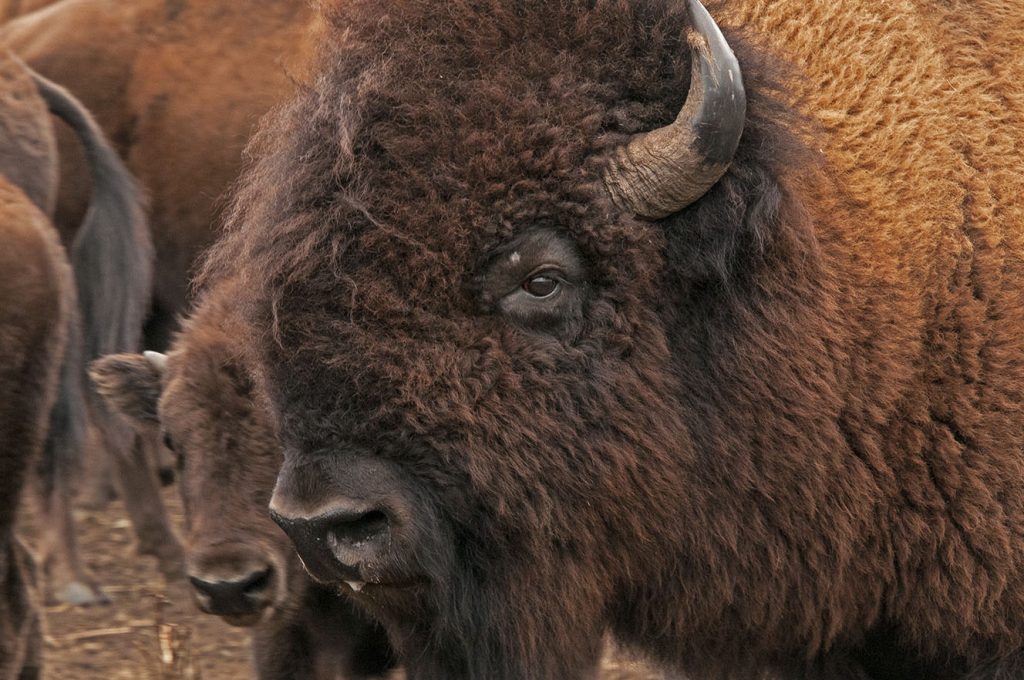
Bison need to consume large amounts of vegetation to sustain their massive bodies, eating as much as 20 pounds or more of grass per day. The majority of their diet consists of grasses, but bison also eat a variety of wildflowers to satisfy their constantly shifting nutritional needs. Cattle have similar diets when given the opportunity to forage wherever they wish (as opposed to being squeezed into a series of small paddocks). However, cattle tend to make broad-leaved plants a slightly higher percentage of their diet than bison do.
Bison and cattle are selective about both the species of plant they eat and its level of maturity, and their diet choices constantly change throughout the year. Young, tender, actively-growing shoots are their favorite, so animals are drawn to where those fresh shoots are abundant. Recently-burned grassland is extremely attractive to both bison and cattle because it creates a broad swath of vegetation in that early, highly-nutritious growth stage. Plants that have been recently grazed and are putting on fresh growth again are also strongly targeted by both cattle and bison. This means the grazers often focus on a particular patch of prairie for much or all of a season, re-grazing the same plants for as long as they keep producing new shoots.
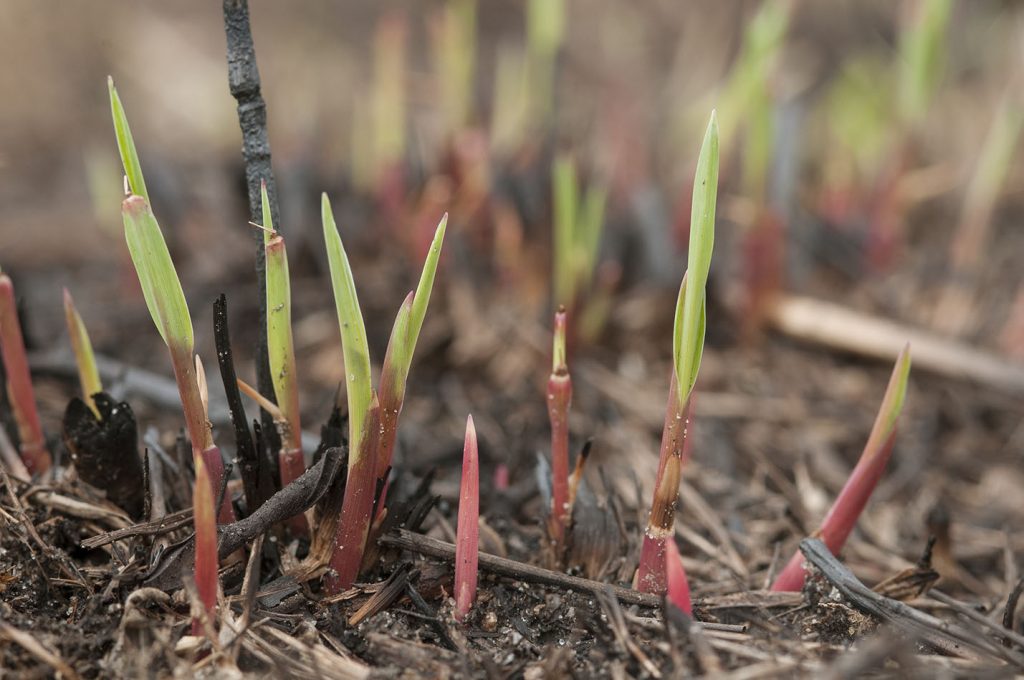
Perhaps the biggest behavioral differences between bison and domestic cattle is related to their use of wooded areas and water. Cattle tend to seek out the shade of trees during hot sunny days, but bison tend to avoid wooded areas except when they need something to rub against. Bison also don’t often stand around in ponds or streams, polluting those areas with manure and disturbing sediment as cattle are prone to do. While cattle managers have to mitigate for the impacts of cattle hanging around shade and water, bison-grazed sites don’t typically have those problems, especially when bison have plenty of room to roam around.
Fire
Historically, indigenous peoples recognized the attraction of bison to fresh grass growth and burned large patches of prairie, knowing they could come to that area later and find bison to hunt. Bison would often concentrate within those large stretches of recently-burned prairie for most or all of a growing season, creating huge patches of short, sparse vegetation. Other wildlife species were drawn to those same patches too, including many birds, mammals and insects that prefer short habitat structure to the taller, more rank vegetation outside burned and grazed areas. Examples of those wildlife species included upland sandpipers, horned larks, jackrabbits, kangaroo rats, many species of grasshoppers, tiger beetles, dung beetles and other invertebrates. Predators of all those creatures, of course, followed their prey into those areas.
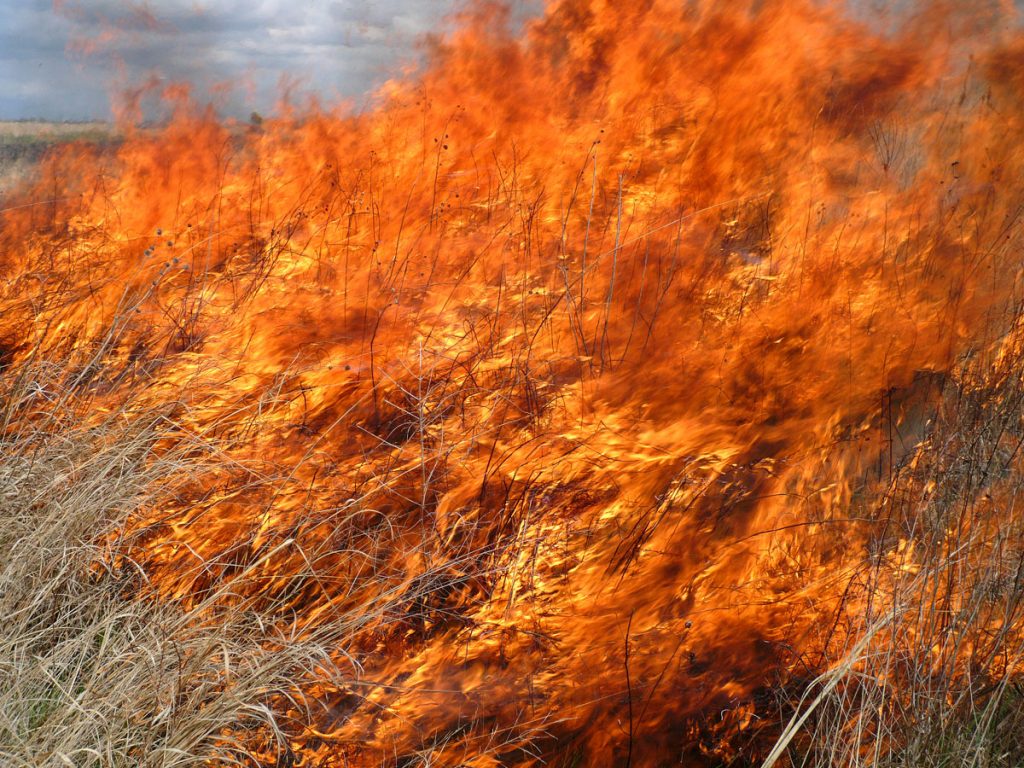
Eventually, new fires (or the eventual inability of plants to keep putting out sufficient new growth after repeated grazing) would draw bison away to new foraging areas. This allowed the grassland community to begin recovering from its long period of repeated grazing. It often took a year or more for the most heavily impacted perennial grasses and wildflowers to regain their dominance within the plant community. During that time, annuals and other opportunistic plant species flourished, including annual sunflower, ragweed, hoary vervain, evening primrose, gumweed and many others. The combination of short, weakened grasses and a flush of tall “weedy” wildflowers created a habitat bonanza for many wildlife species.
An abundance of insects quickly flowed into those areas. Some, like bees and other pollinators, were drawn to the wealth of flowers produced by the opportunistic plants. Other insects took advantage of a habitat structure that included tall wildflowers with an understory of short grass plants, still weakened by a long period of repeated grazing. That combination made it easy for insects to regulate their temperature by moving quickly from sun to shade while feeding on the abundance of plants and/or other insects.
Upland birds such as grouse and quail, looking for a place to rear their mobile broods, were drawn to the same locations. The chicks of those species could easily move through the short-statured grasses and feed on the abundant insects while sheltering under or near the protective cover of the “weedy” plants all around them. They could also easily find sunny patches in the mornings to dry out and warm up and then enjoy the shade of tall wildflowers during hot afternoons.
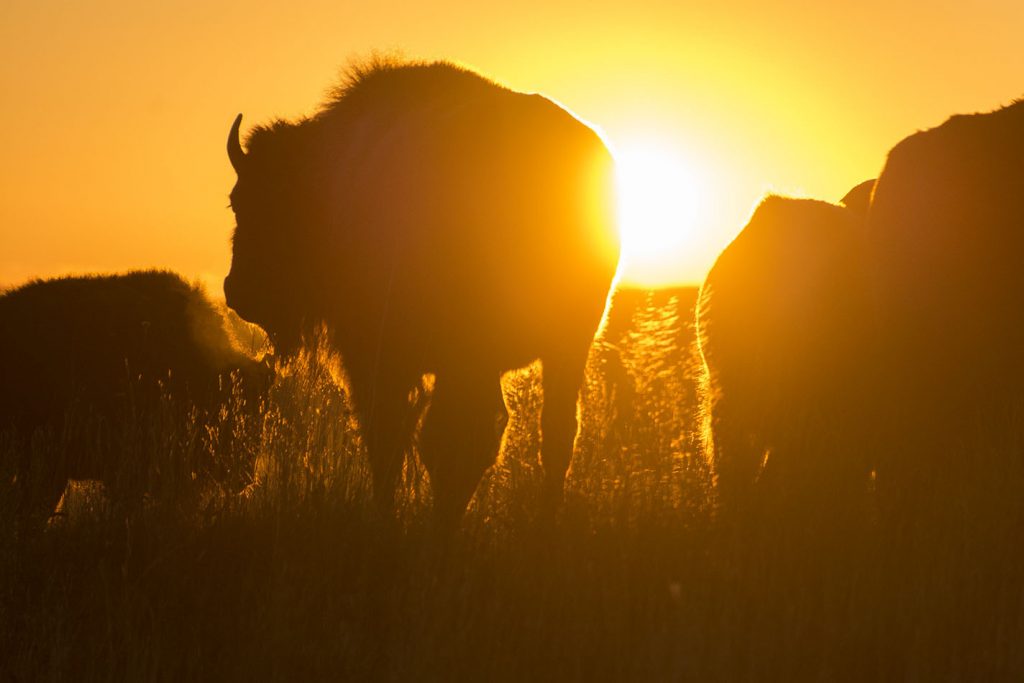
As vegetation gradually recovered from the impacts of intense bison grazing, it became tall and dense once again. That provided habitat for yet another suite of wildlife species that preferred that heavier cover. Those species included nesting grouse and quail, along with other bird species such as sedge wrens and Henslow’s sparrows. Some small mammal species, especially voles, also thrived in tall thatchy vegetation, and that, in turn, attracted predators like bull snakes and many others. Of course, the density of the plants and abundance of dried vegetation from previous years also created prime conditions for fire, through either random lightning strikes or purposeful ignitions by people. Those fires restarted the entire cycle of bison grazing and subsequent recovery.
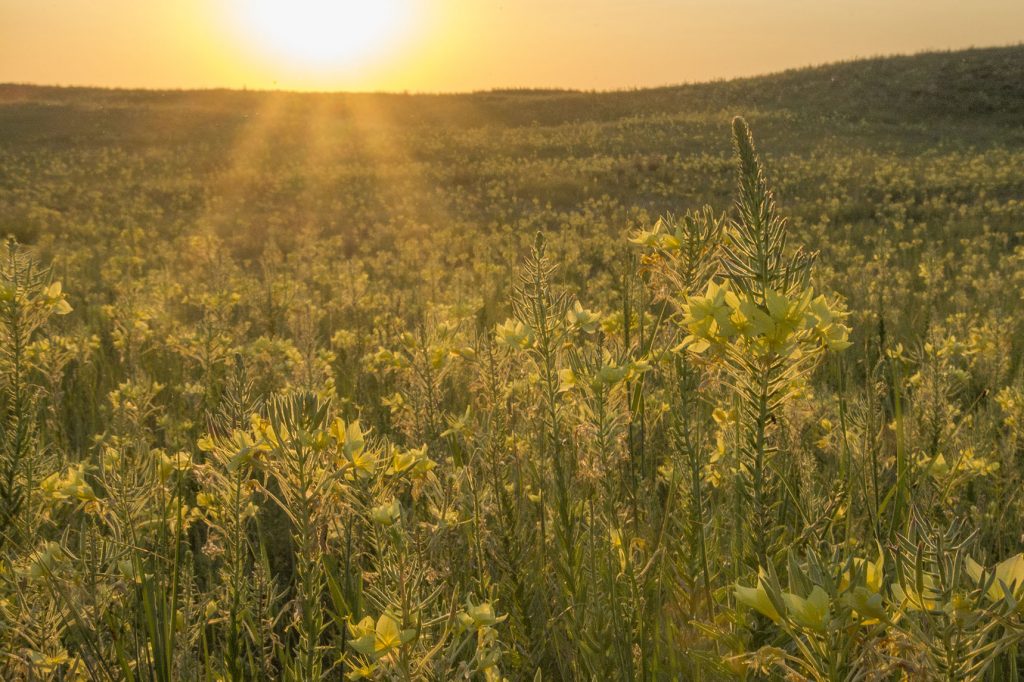
Today, grazing patterns of both bison and cattle can create a similar succession of habitat types across the prairie. However, most contemporary cattle management consists of relatively short bouts of grazing, which leads to quick recovery of grasses and low heterogeneity of vegetation heights and density across the landscape. Even many bison herds are managed in ways that fail to create the kinds of season-long intensive grazing that leads to flushes of opportunistic plants and the habitat they provide. As a result, many grasslands are missing some key habitat components, contributing to the plight of many wildlife species across the Great Plains.
Wallowing
Bison also create important smaller-scale disturbances. The most recognized of these is the result of wallowing, or dust bathing. Whether to help shed a winter coat of fur or gain some relief from flies and other biting insects, bison enjoy rolling in the dust. Big bulls will also urinate and then roll around in it to advertise their physical prowess to other bulls. Over time, the favorite areas for these behaviors turn into shallow depressions in the ground called wallows.
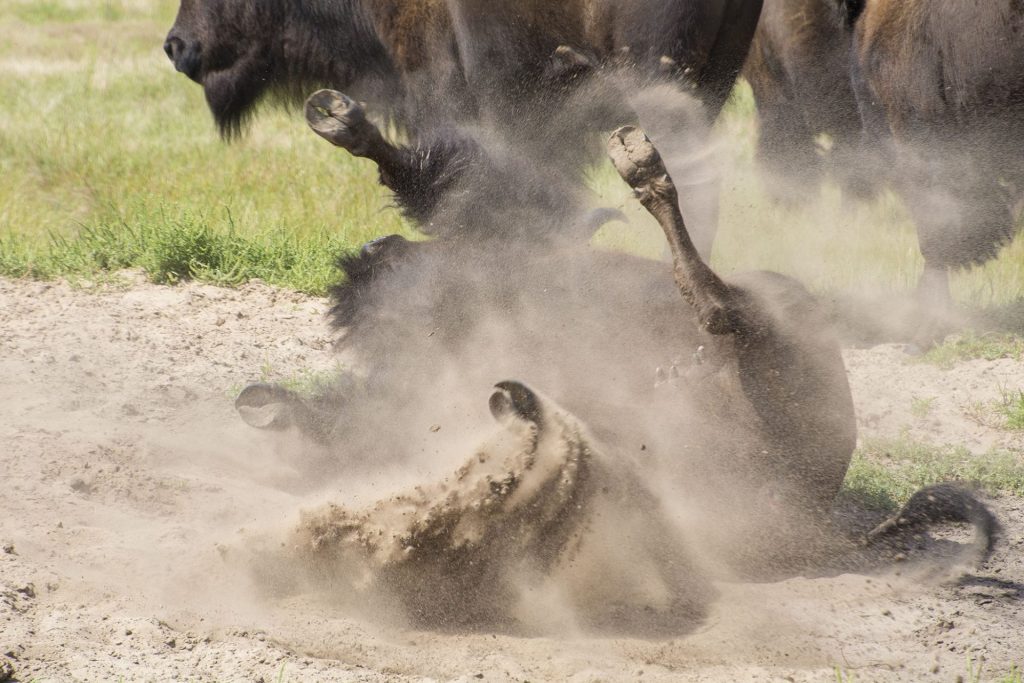
Bison wallows are utilized by other animals, too. Insects are drawn to the open sunny habitats within wallows, and that draws invertebrate predators including tiger beetles and robber flies, as well as small vertebrates like toads, lizards and rodents. Wallows also provide great habitat for plant species that thrive in mostly bare soil where competition is light. When wallows are temporarily abandoned as herds move elsewhere, opportunistic plants quickly colonize them, followed more slowly by longer-lived plants. However, when fire or chance brings the herds back, bison revisit previous wallowing areas, re-opening and enlarging them each time.
When wallows are created in low-lying areas, or in soils that are easily compacted, they can become temporary ponds after rain events. Tadpoles of toads and frogs are often abundant in those pools, along with aquatic insects and other small animals. The ponds also provide drinking water to many terrestrial animals, as well as places to cool off and rehydrate. If they are big or long-lasting enough, water-holding bison wallows can support aquatic vegetation and even provide stop-over and feeding habitat for migratory water birds.
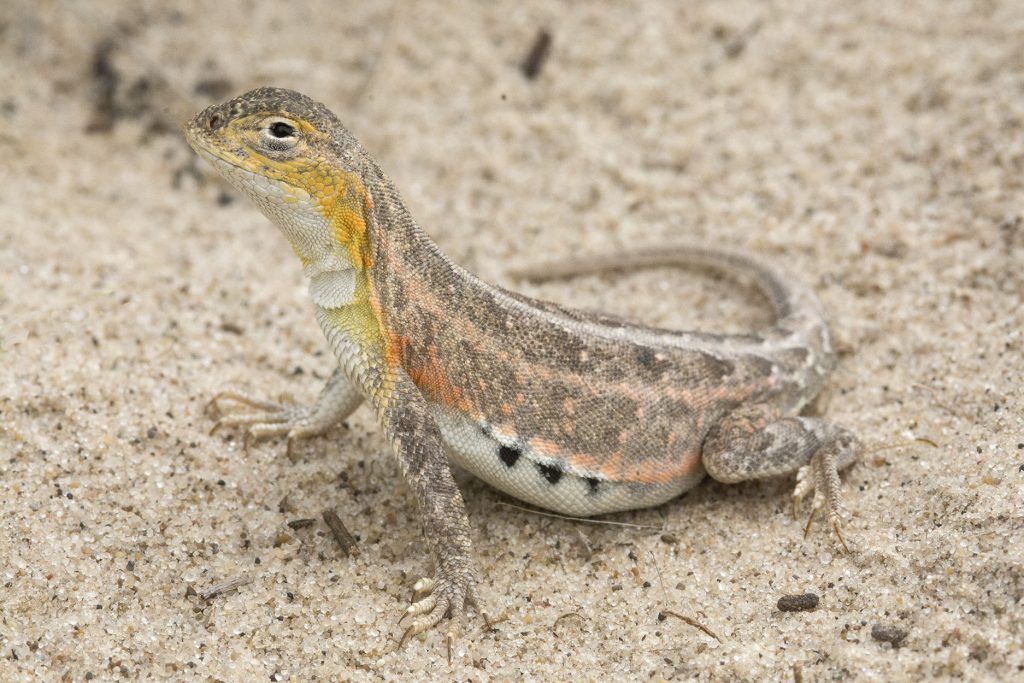
Cattle don’t have the same extensive wallowing behavior as bison, though they can sometimes provide smaller scale areas of bare soil. In addition, both cattle and bison create trails through the prairie along paths between water sources or favorite feeding or loafing areas. Those trails are often used by many other wildlife species seeking easier movement through dense vegetation. Reptiles and insects also utilize those trails as places to come out in the sun and warm up on cool mornings.
Soul of the Prairie
The days of 30 million bison rambling across the prairies of North America are long gone. Fortunately, cattle grazing can still fill many of the roles of those historic bison, though current livestock practices tend not to provide the
full spectrum of habitat needs for prairie plants and animals. There are countless species of prairie wildlife, each of which adds to the complexity and function of the grassland.
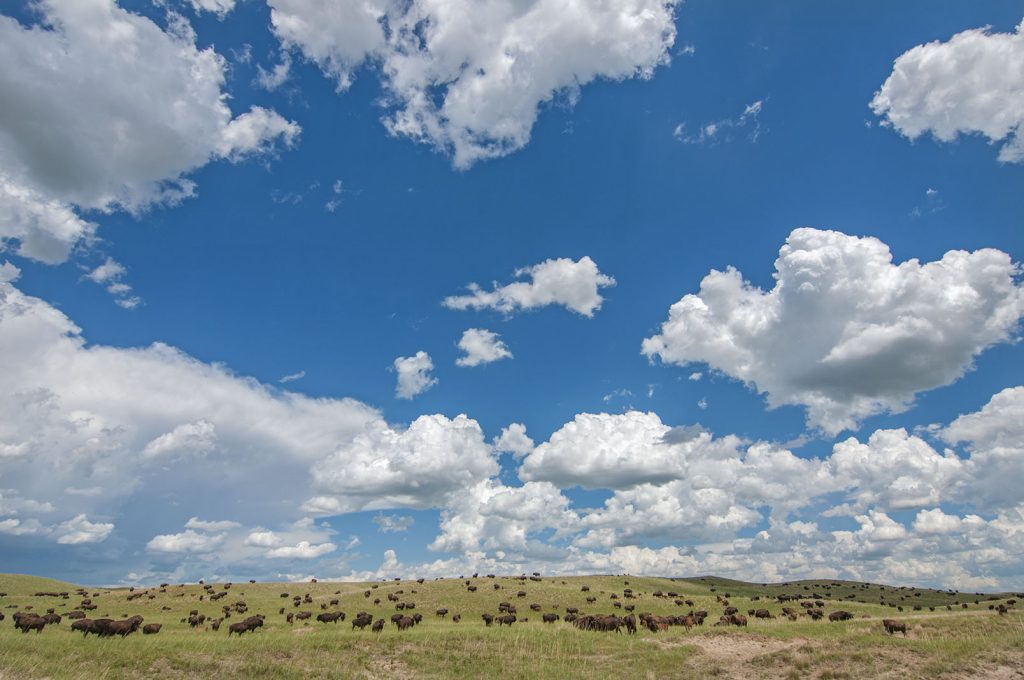
Any visit to a prairie is enhanced by a flock of grouse exploding from cover, the loud buzzing of katydids and cicadas, or a coyote slipping quietly out of sight. Somehow, however, there’s nothing quite like coming over a rise and spotting a group of massive furry beasts grazing and grunting their way across the landscape. Bison make important contributions to the ecology of large grasslands, but they might contribute even more significantly to the soul of the prairie. ■
The post The Soul of the Prairie appeared first on Nebraskaland Magazine.

